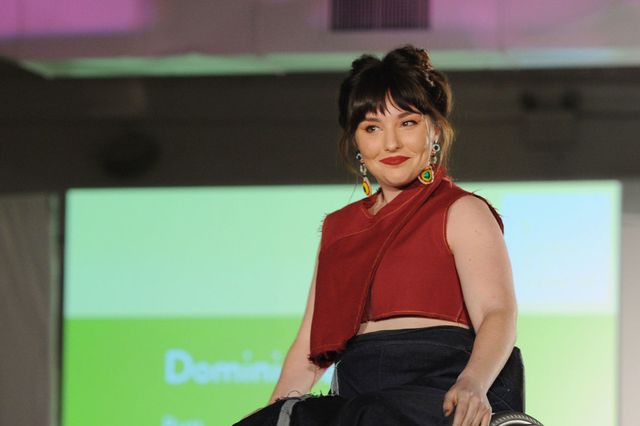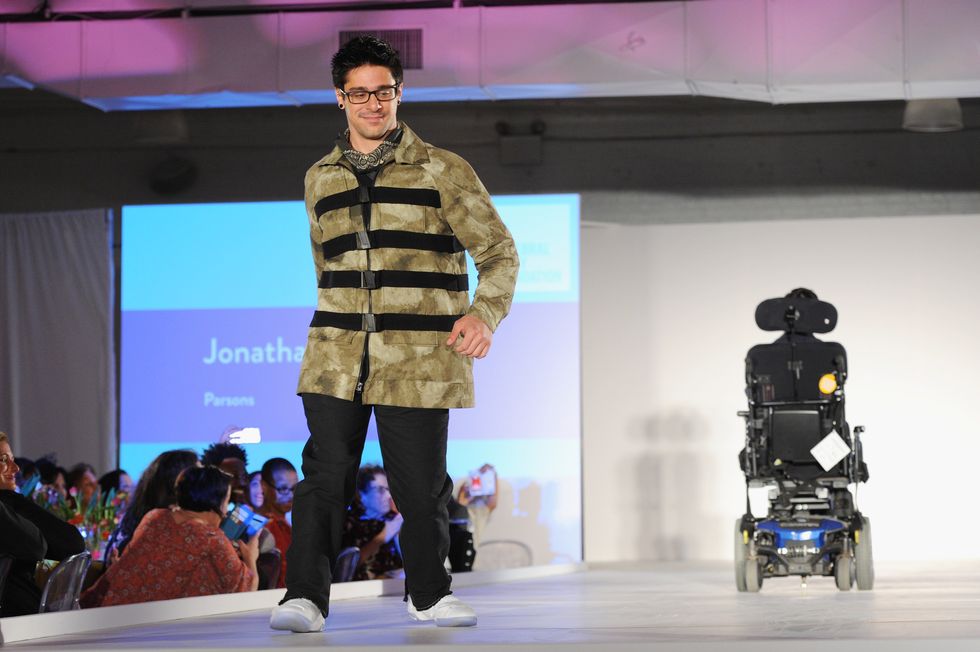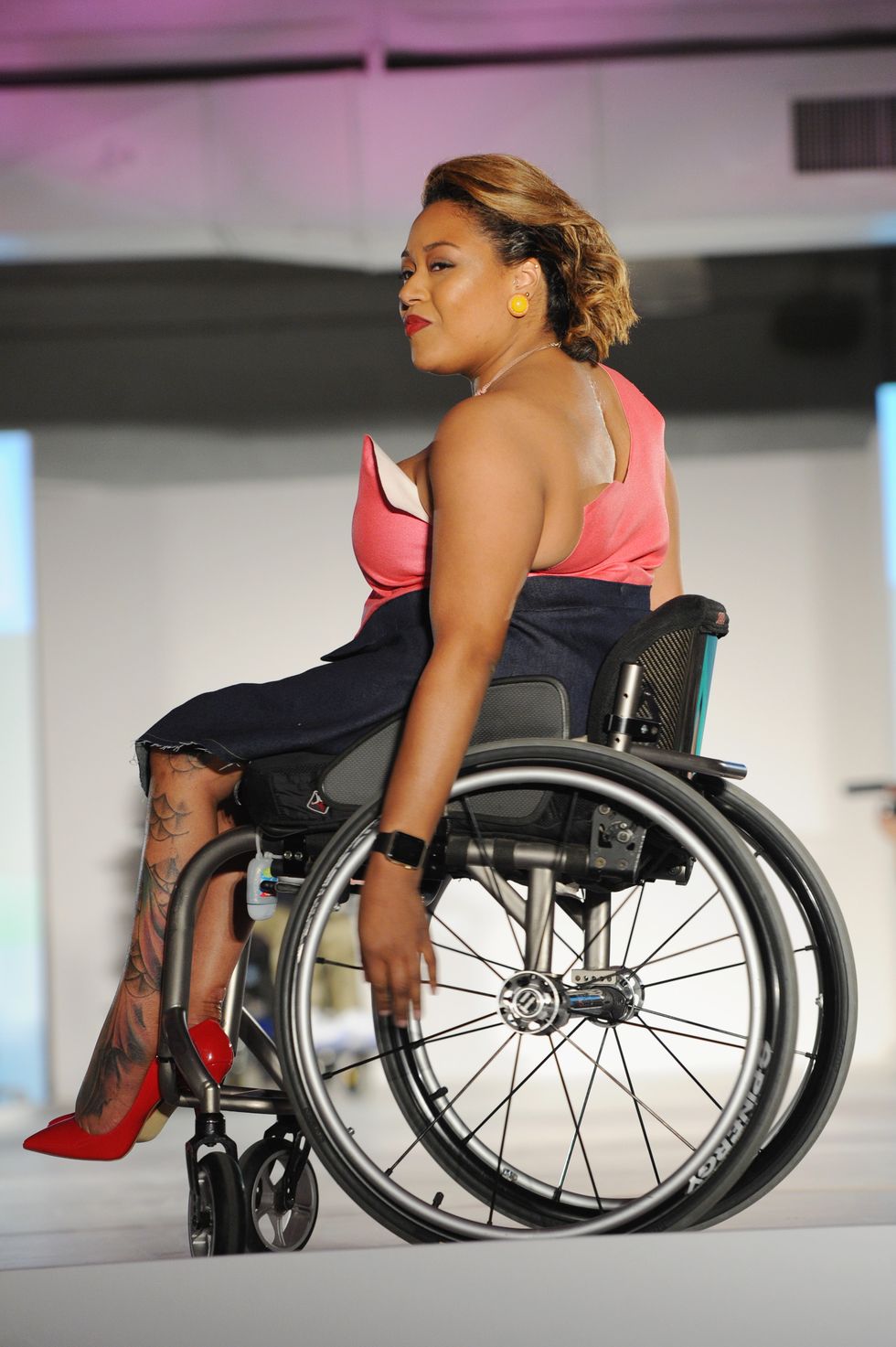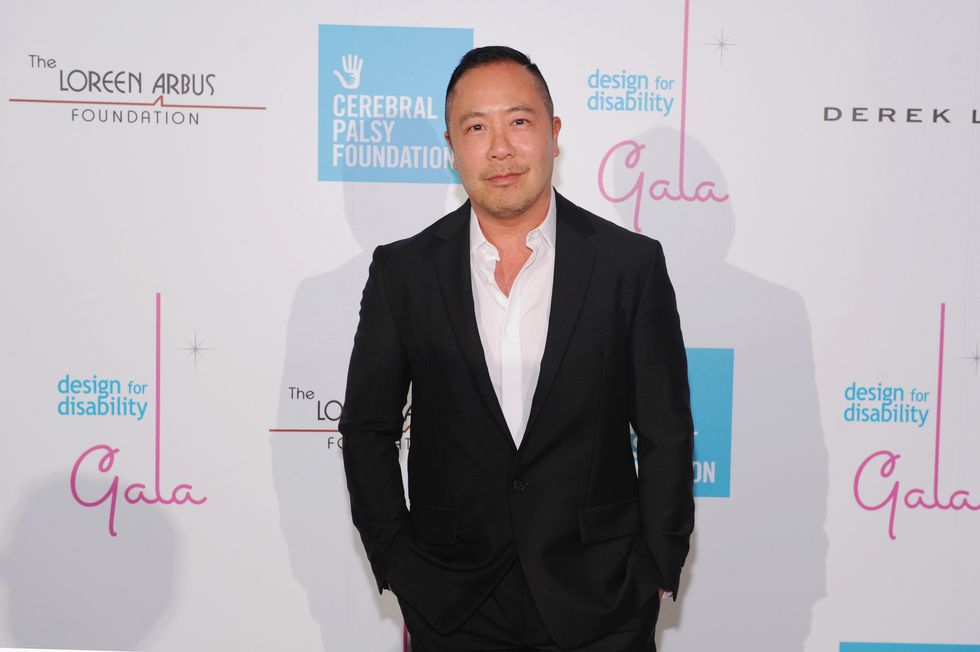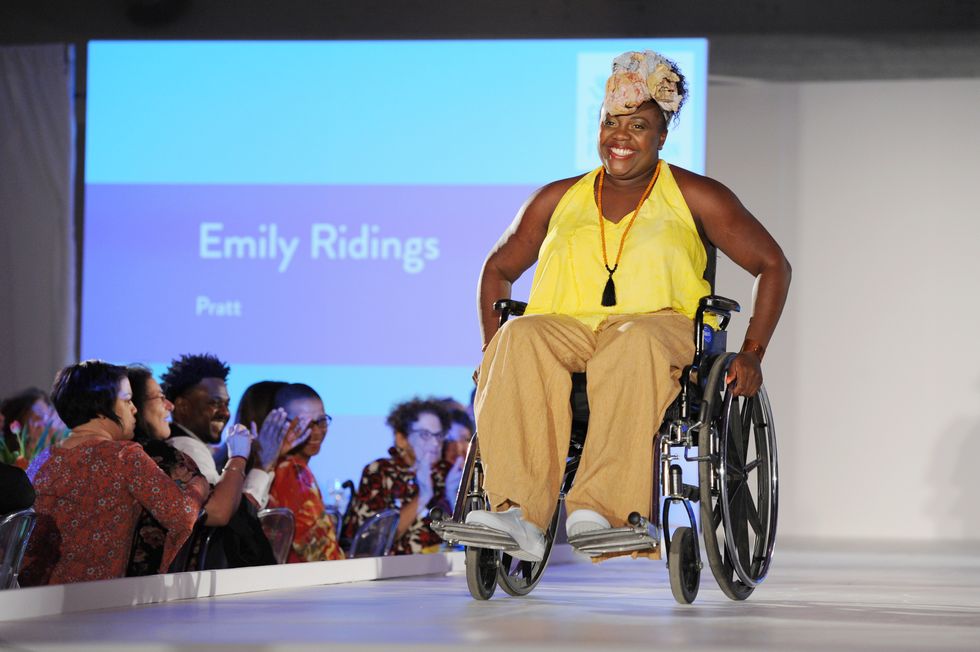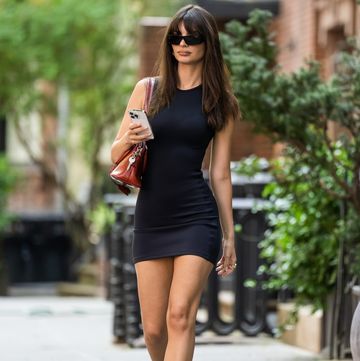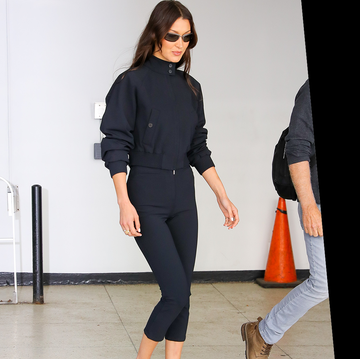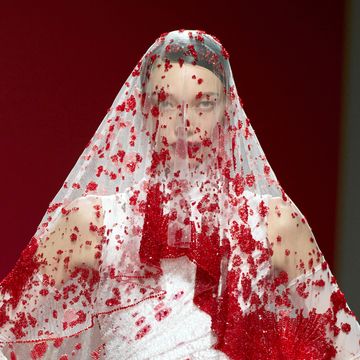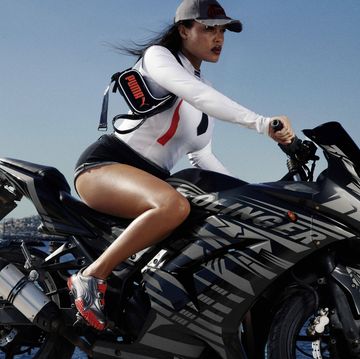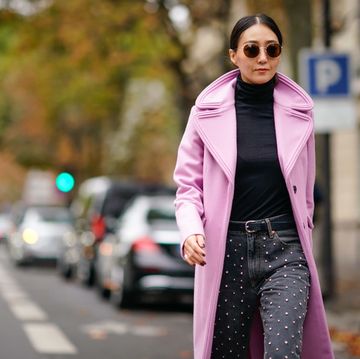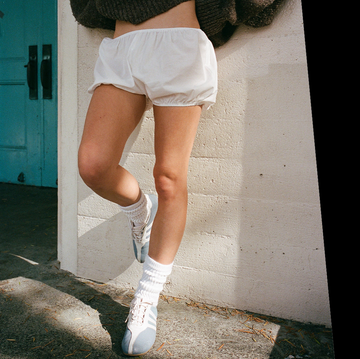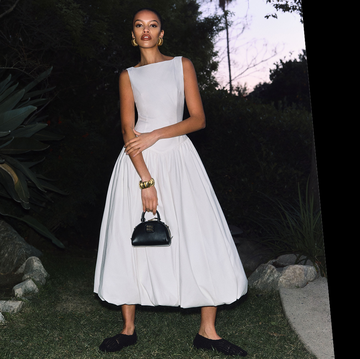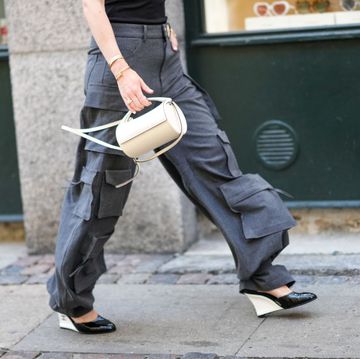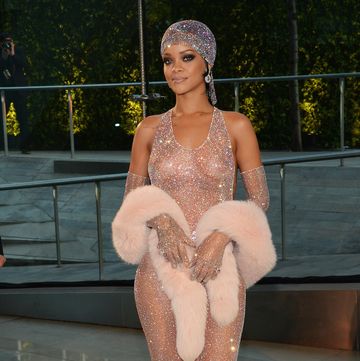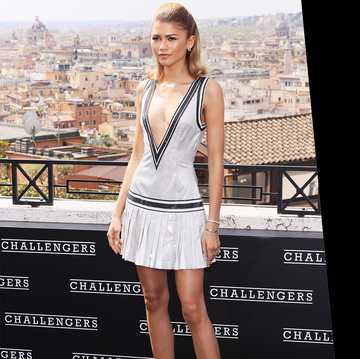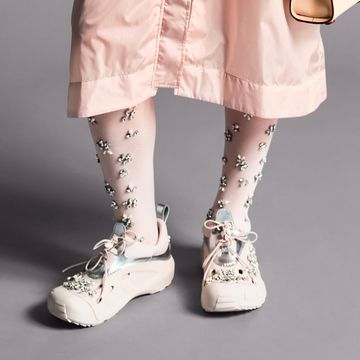The fashion world takes turns at being pig-headedly stuck in its ways and leading the charge for forward-thinking behaviour. At the moment, though, the industry is somewhat enthralled with the notion of change.
Season to season, designers, buyers and journalists alike are constantly asking what's new and what's next?
However, that doesn't always translate into the the popular zeitgeist.
When it comes to using fur, featuring models smoking and paying attention to diversity and representation, the industry has been, arguably, dragging its feet.
Though willing to let in a relatively petite Kate Moss, the industry standard for models has been young, tall, thin and white for a long time....oh and able bodied.
It is worth reeling off a few of the designers who have been eschewing these traditional notions of beauty, as many are and deserve our heartiest congratulations.
Dries Van Noten recently placed 'older' women on the AW17 catwalk to much applause.
Parable Gurung has made a point to include women of various sizes in his recent shows and diffusion lines.
And stalwarts like Marc Jacobs have become increasingly good at including women of color in their shows.
The argument has long been that everyone deserves to feel fabulous and express themselves in what they wear.
Having clothes designed with you (or someone like you) in mind is enormously empowering - your money and your confidence is as important as the next person - so why have disabled people not gotten a fashion look-in yet?
Thankfully, 51-year-old American designer Derek Lam has taken some brilliant steps to change this.
Earlier this week, he showed the work he has been doing with Design for Disability.
According to The Cut, Lam has spent that last month mentoring fashion students from Parsons School of Design, Pratt Institute, and the Fashion Institute of Technology to help them create clothing for people with cerebral palsy that 'was aesthetically pleasing and addressed the wearers' needs for convenience and functionality' and, of course, stylish.
Lam said of the project:
We are talking about very serious things like diversity and gender and empowerment — but I feel like the conversation never really comes up about a large segment of the population, which is those with disabilities. I was quite taken aback that I didn't know more.
Though, he learnt that this process wasn't so different from his usual design process.
I travel around the U.S. and the world, meeting the clients, sometimes in the dressing rooms, and I felt I was in that same situation with the Design for Disabilities cast... I would love to see these collections that we're going to show tonight be available in the marketplace. These clothes look terrific for everybody. It's just a universal conversation about great design.
We couldn't agree more. Here's to fashion for everyone.
